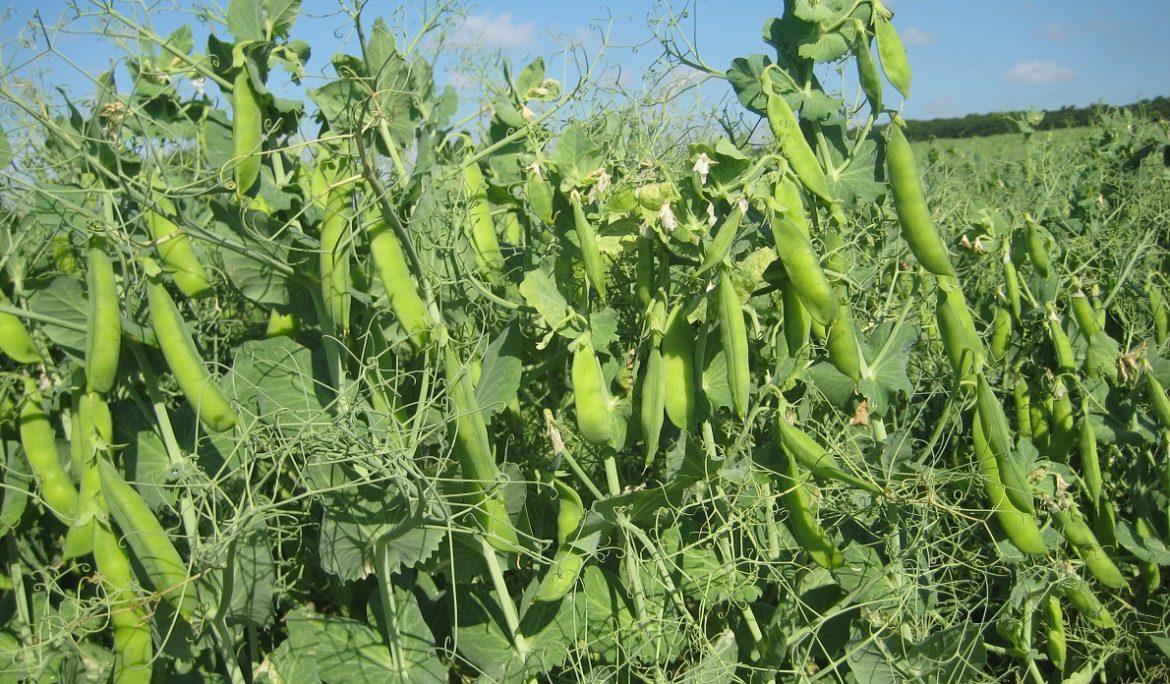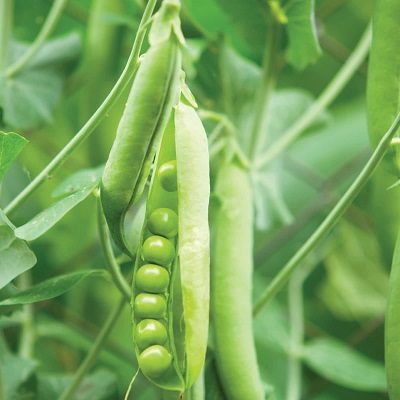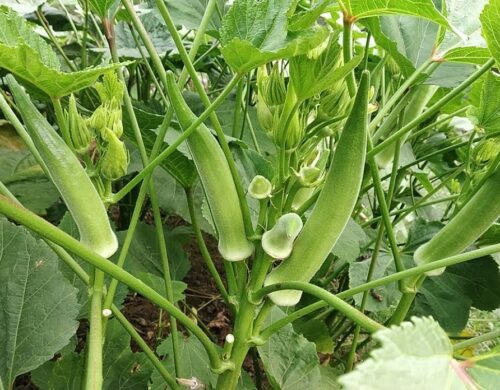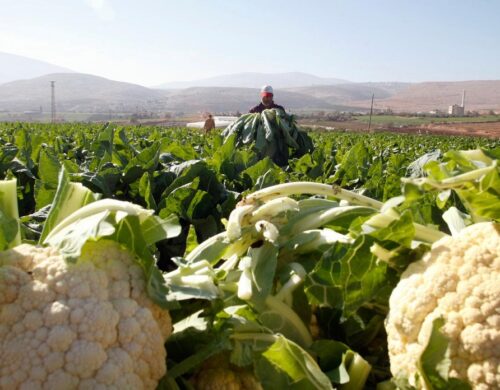
Peas are a major rabi crop of pulses. Its cultivation is the most practiced in India in the world. Pea is an important crop grown in the winter season. Pea cultivation is done on a commercial scale across the country. Not only is it rich in protein content, in addition to this, vitamins, phosphorus, and iron are also available in plenty.
In the hills of North India, it is cultivated in the summer and fall time. Its cultivation is grown for vegetables and lentils. It is very important to produce yellow peas, which are used more in the form of pulse and gram flour, to meet the absorbency of pea lentils. Yellow pea cultivation is more beneficial in rainfed areas.
If farmers cultivate it with scientific technology, good yield can be obtained from pea crops. Detailed information about how to do advanced cultivation of peas is mentioned in this article. Read here for complete information about organic farming of peas- how to do organic farming of peas, know the varieties, care, and yield.
 Suitable Climate
Suitable Climate
It requires moist and cool July for its crop. Therefore, in most places in our country, the pea crop is harvested during the Rabi season. It requires a 20 to 22 degree Celsius average for seed germination and 10 to 18 degree Celsius temperature for good growth and growth of plants.
If there is a hot or dry season at the time of production of beans, the quality and production of peas will be adversely affected. All the places where the annual rainfall varies from 60 to 80 cm. Pea crop can be grown successfully. Excess rainfall during the peas growth period is very harmful.
Land Selection
Soil with fertile and drainage is best for peas. Mattar loam and loam land are suitable for its cultivation. With the facility of irrigation, peas can be cultivated in the Baluar loam lands also. For a good crop, the pH value of the soil should be 6.5 to 7.5.
Field Preparation
Like other Rabi crops, the field is prepared for the pea crop. After harvesting the Kharif crop, plowing is done with a plow that turns the soil. Thereafter, 2 to 3 plowing is done with a native plow or cultivator. It is necessary to run the field in the field after each plowing, due to which the lumps are broken and the moisture in the soil is conserved. It is necessary to have sufficient moisture in the field at the time of sowing.
Cropping System
Normally the pea crop is grown after kharif sorghum, millet, maize, paddy, and cotton. It is also sown as an intercrop with peas, wheat, and barley. It is sown with oats and mustard in the form of green fodder.
Approved Varieties
For good yield from pea crops, farmers should choose the prevalent and high-yielding varieties of their area. The approved and prevalent state-wise varieties of some peas are as follows:
Maharashtra- JP-885, Ambika, Indra, Adarsh, and IPFD-10-12, etc. are prominent.
Gujarat- JP-885, IPFD- 10-12, Indra and Prakash, etc. are prominent.
Punjab – Jai, Pant Matar, KFP, Uttara and Aman, etc. are prominent.
Haryana – Uttara, Pusa Panna, Hariyal, Alankar and Jayanthi etc.
Rajasthan – Alankar and Pant Matar-42, etc. are prominent.
Madhya Pradesh – Prakash and Development etc. are prominent.
Uttar Pradesh- Swati, Malaviya Peas, Vikas, Sapna, and IPF-4-9, etc. are prominent.
Bihar- Pusa Prabhat and VL Matar etc. are the main ones.
Chhattisgarh- Shubhra, Vikas, Paras and Prakash etc.
Time of sowing
Plain Area
The best time for sowing peas with lentils in Northern India and other plains is from 15 to 30 October. Sowing is also done in paddy and cotton fields for a long time. But there is a huge reduction in yield on late sowing. Sowing of green beans for vegetables is beneficial from 20 October to 15 November.
Lower Hilly Region
The sowing time is suitable from September to October for early varieties and November for medium varieties.
Medium Mountain Region
For early varieties, sowing time is suitable till September and for medium varieties till November.
High Mountain Region
For early varieties, sowing time is suitable from March to June and for medium varieties from October to November.
Seed Treatment
Treating seeds with appropriate Rhizobium culture is the simplest means to increase production. The ability to stabilize atmospheric nitrogen in pulses crops depends on the number of glands located in the roots and also on the number of Rhizobium. That’s why these bacteria need to be in the soil. Because the number of bacteria in the soil is not sufficient, it is necessary to treat the seeds with Rhizobium promoter.
For treating seeds with Rhizobium, one packet of 250 g is sufficient for 10 kg of seeds. To treat the seeds, mix 50 grams of jaggery and 2 grams of gum in one liter of water and prepare the mixture. Allow it to cool down to normal temperature and after cooling add a packet culture to it and mix it well.
Add the seeds to this mixture and mix it well, so that it is coated around the seed. Dry the seeds in the shade and then sow. Because Rhizobium is for a specific crop, recommended Rhizobium should be used for peas. Fungicides such as captan, thyram, etc. are also compatible with Rhizobium culture.
Seeds should be treated with fungicides and fungicides 4 to 5 days before treatment with Rhizobium. For this, for the prevention of seed-borne diseases, treat the fungicide Thyram + Carbondazim (2 + 1) at 3 grams per kg of seed and Thyomithaxam at the rate of 3 grams per kg of seeds for the prevention of sucking pests.
Seeder, Distance, And Sowing
The seed rate can vary according to the size of the seeds and the time of sowing. 70 to 80 kg of seeds per hectare is sufficient for timely sowing. In late sowing, there should be 90 to 100 kg of seeds per hectare. Sowing should be done at a distance of 30 cm from row to row with a native plow or seed drill, while 5 to 7 cm distance from the plant to plant is appropriate and the depth of seed should be kept 4 to 7 cm, depending on soil moisture Is The seed rate for dwarf varieties is 100 to 110 kg seeds per hectare.
Fertilizer Management
The quantity of nitrogen should be given as 20 to 30 kg per hectare for high pea varieties and 40 kg nitrogen per hectare for bony varieties as base fertilizer. The amount of phosphorus and potash should also be given on the basis of soil tests as base fertilizer. If the soil is deficient in phosphorus and potash, then 40 kg per hectare of phosphorus and bony varieties should be given 40 to 60 kg per hectare for high altitude varieties, and the amount of potash is 20 to 30 kg and sulfur at the rate of 20 kg per hectare. Should be given from The mixture of all fertilizers should be given at a distance of 4 to 5 cm from the line and below the seed. In those soils that are deficient in zinc, 15 kg of zinc sulfate per hectare should be given.
Irrigation Management
Depending on the moisture available in the soil and autumn rain, the crop requires 2 to 3 irrigations in the initial stage. First irrigation should be done on 45 days and second irrigation should be done while filling the pods.
Weed Control
In case of the problem of condemnation in the crop, sleep by wheel or hand, due to which the air circulation increases in the root area of the crop and by controlling weeds, the branches and production in the plant increase. For weed control by chemicals, spraying of Pendimethalin 2.5 to 3 liters per hectare with 500 to 700 liters of water within 1 to 3 days of spraying or spraying with MetriVuigen 70% WP 0.350 liters per hectare 15 to 20 days after sowing.
Crop Protection
Churni Fungal
This disease causes maximum damage to the crop. This disease occurs more quickly in a moist environment, due to which white powder accumulates on the stem and leaves.
- Control
For prevention, as soon as it is a cold and moist environment, sprinkle a sprinkling Dinocup 48 percent EC 400 ml per hectare with 1000 liters of water. If the symptoms are still visible then spraying should be done at an interval of 15 days.
Mriduromil Fungal
This disease occurs on the lower surface of the leaves.
- Control
For prevention, spray 3 kg sulfur 80 percent WP or dinocope 48 percent EC 2 liters of medicine in 1000 liters of water and spray it at the rate of per hectare.
Pod baffle
This insect lays eggs inside the pods and eats legumes and grains.
- Control
For prevention, Malathion should be sprayed at the rate of 2 ml per liter.
Leaf Minor and Chepa
Due to leaf minor, white stripes are seen on the leaves. Chepa sucks the juice of stem and leaves.
- Control
Monocrotophos 3 ml per liter solution should be sprayed for prevention.
Stem fly
Its infestation is more in early variety. Plants do not grow and dry up.
- Control
For prevention, a chemical called Carbofuran 3G at the rate of 10 kg per hectare should be put in the field at the time of final plowing before sowing. For more information on pest and disease prevention in pea crop, read here – Pests and diseases of pea crop and how to control them
Harvesting And Mowing
Pea crops usually ripen in 130 to 150 days. It should be harvested with a scythe. After 5 to 7 days of drying in the sun, weeding should be done. Clean grains should be dried in the sun for 3 to 4 days and stored in containers. Use aluminum phosphide for protection from pests during storage. Whereas green beans are prepared according to varieties in 70 to 90 days of sowing.
Yield
With the above scientific technique and good agricultural work management, yields of about 18 to 35 quintals per hectare can be obtained and 90 to 150 quintals per hectare of green beans can be obtained.
Kalpesh Pathak
Related Posts

Okra Ladies Finger Farming: Advanced Farming Practice
Ladies Finger occupies a prominent place in summer vegetables, although it is also grown as a rainy season crop. The green soft pods are used...

Cauliflower Crop Information Farming Guide : Planting, Growing, and Harvesting
Cauliflower is also a popular vegetable. Its arrival in India is believed to be from the Mughal period. It is cultivated in India on about...
